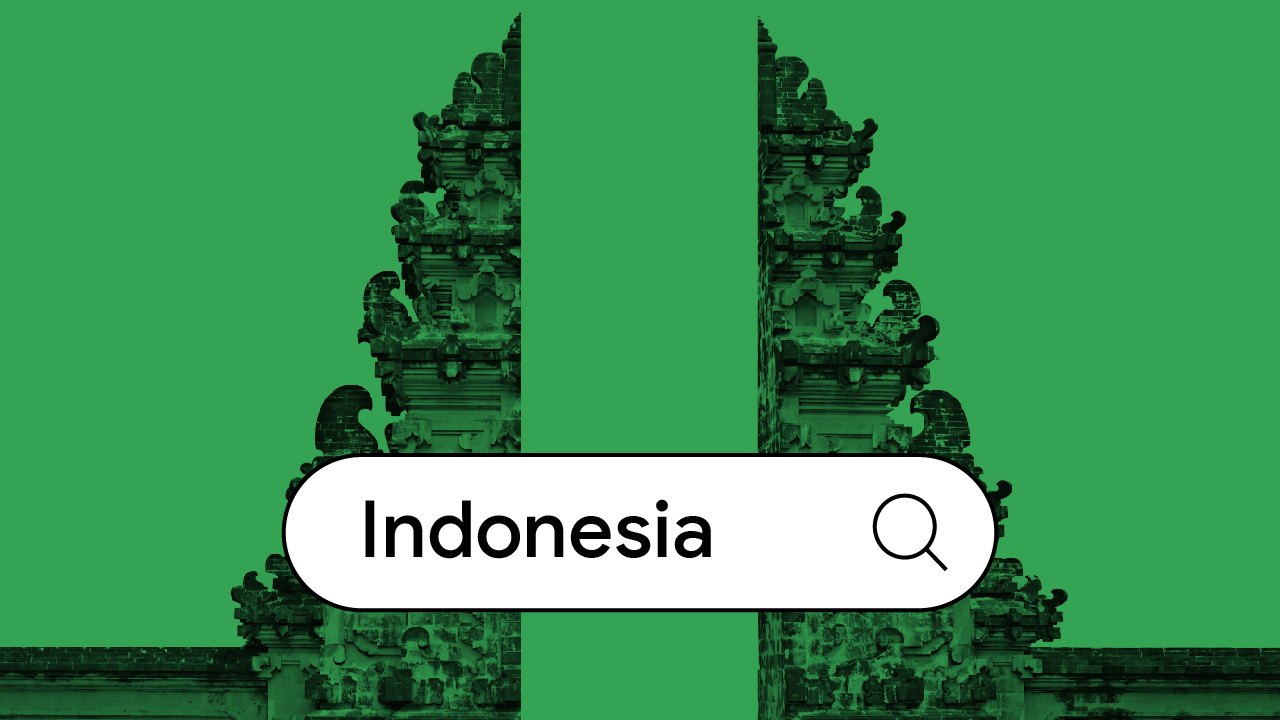Once upon a time, you knew “high value” content as soon as you saw it. Expensive cameras, slick video production, and famous faces were the ingredients for an attention-grabbing show or ad. But now, with more content than ever competing for eyeballs, what gets (and keeps) attention is much less straightforward. In fact, the most popular content today often breaks all the conventional rules.
Here, we unpack new ethnography research conducted alongside a survey of 1,500 Aussies by The Lab and Nature Research to understand why.
What we learned: The future of content is all about passion. Here are the three themes that emerged.
Content’s value proposition is rapidly evolving
If there’s one thing we learned from our research, it’s this: Audiences don’t care about what content is — such as whether or not it has high production value or features well-known celebrities.
They care about what content does. Does it move them? Does it enrich their lives? Does it change their perspective? Does it help them learn something new? Viewers agree: What content is is far less important than what content does — that is, how it makes us feel and the value it provides in that moment.
In short, people want video content that serves a greater purpose and feels personally relevant. On YouTube, “value” means something different for every viewer. We see this in traditional YouTube categories like recipe videos, workout videos, and guided meditation. We’re also seeing this trend unfold in new ways, like the surge in “clean with me” and “study with me” videos.
When it comes to what they choose to watch, the majority of Aussies agreed that “relating to their passions is 2.5X more important than whether content has high production quality.”
Take Jayan, for instance. He’s a 38-year-old father of two little girls, and he’s a mad football fan.
“Several years ago, if you had asked me what was the highest value piece of content I had watched, I would have said hands down the AFL grand final,” he said. “But a few weeks ago, my two girls and I were watching these funny cat videos on YouTube. Sharing that moment with them and hearing them laugh — that’s what makes the content stick in my mind as having the highest value.”
Context is what turns traditionally low-value content (like a video of a cat chasing a laser pointer) into high-value content. It’s the moments those videos create, whether you’re catching up on football highlights or sharing a laugh with your family, that set low-value and high-value content apart.

Niche is the new mainstream
Faced with infinite choices, viewers now have the freedom to watch whatever appeals to their unique interests and needs. From comedy to tiny house living to motorcycle maintenance tutorials, people are spending more time with content that aligns with their personal passions. And because this content is coming from creators rather than networks, diversity is flourishing.
Here’s how Aussies from all over the continent define their personal primetime:
A platform like YouTube creates conditions under which diversity can flourish. Because of that, what was once considered niche can now become mainstream.
But YouTube isn’t just a place for seemingly fringe content. Mainstream culture lives here too, in ways that give audiences richer, immersive, and more interactive experiences.
Take the last season of “Game of Thrones” — a pop-culture phenomenon accompanied by an explosion of fan-produced content. From episode breakdowns and cast interviews to video essays and reaction videos, “Game of Thrones” content netted 1.2 billion views across YouTube throughout April 2019.
The viewers have spoken: They’re most interested in content that goes wider and deeper on tentpole cultural moments.
Authenticity rules
You don’t need a star to make content that resonates with viewers. At least, not a star in the traditional sense.
Today, the majority of Aussies agree that content that “features real, authentic people and voices” is almost 2X as important as whether well-known celebrities are featured.
Audiences agree that content made by passionate people is 3X as important as whether the content has been vetted and approved by a network. They believe that everyone with a passion deserves a chance, and they appreciate the effort that creators put into making their own content.
“I want to hear a diverse range of voices and opinions so I can make up my own mind about something. It feels more real coming from some of these people who take the time to create the videos and are passionate about the subject.” Max, 24
“If someone goes to the effort to make a video about something, they have to be passionate about it. So it feels more real coming from someone who believes in something.” Tom, 31
In the eyes of Aussies all over, the definition of high-value content has fundamentally changed. They care more about spending time with content that adds real value to their lives, appeals to their personal interests, and comes from authentic voices. In this new era, primetime is personal. And it’s not programming that wins viewers’ hard-earned attention — it’s passion.







